Watch: Assembly Lines in Action—Hyundai, Lexus and Honda
May 17, 20230
Comments
|
Technologies:
Comments
Must be logged in to post a comment. Sign in or Create an Account
There are no comments posted.Related Content
 Management
ManagementAdministration Pledges More than $100 Million to Support Aut...
Monday, May 6, 2024
 Management
ManagementRoadmap to IIoT Success with Legacy Equipment
Lynn Loughmiller Monday, May 6, 2024





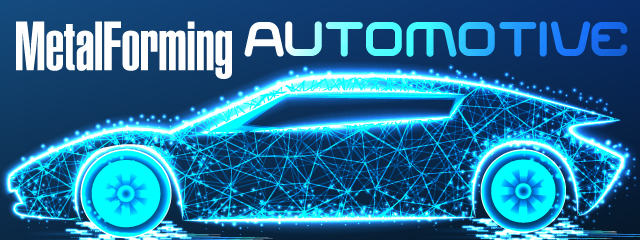
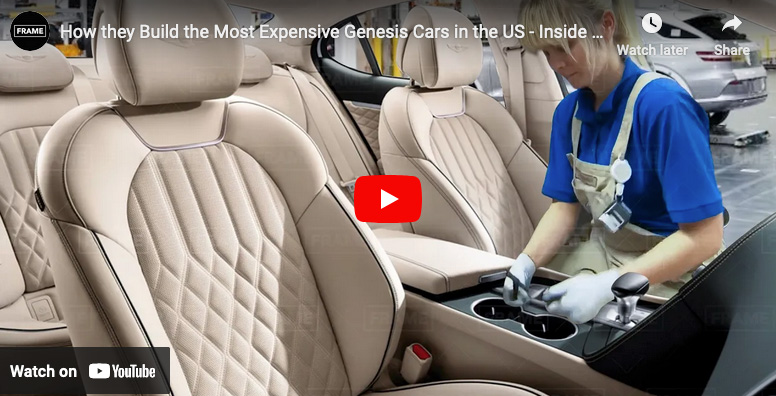

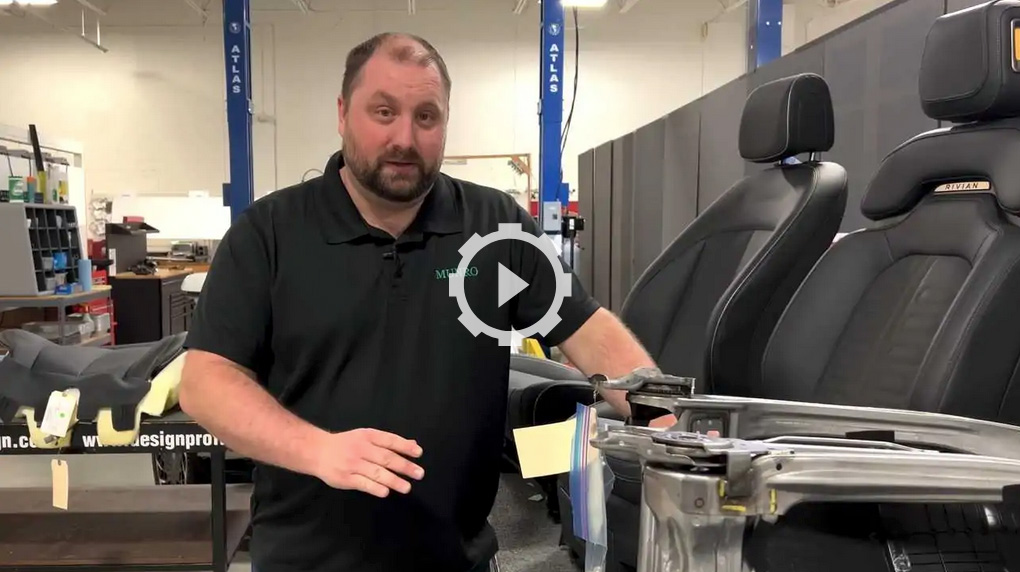
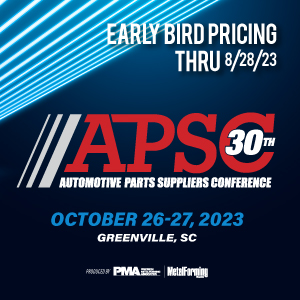
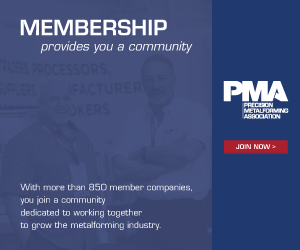


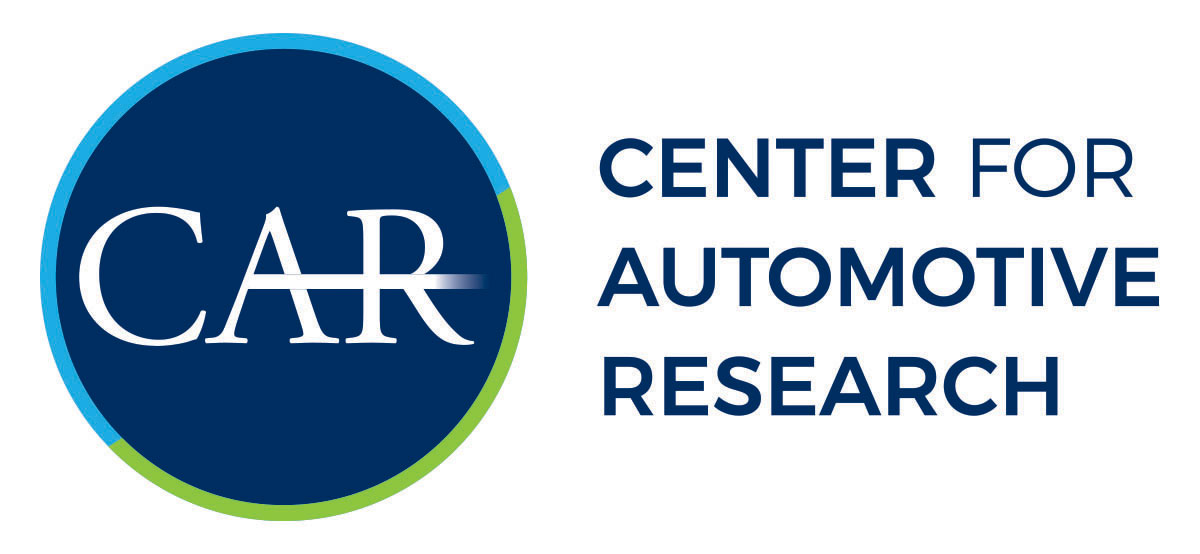
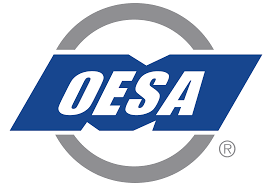
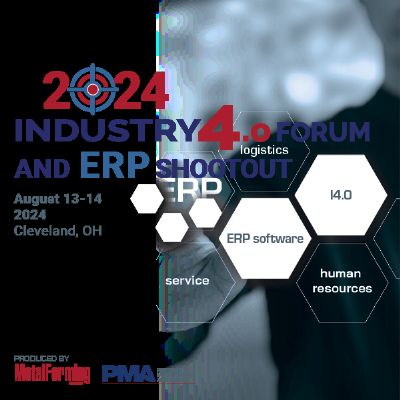
 Event
Event